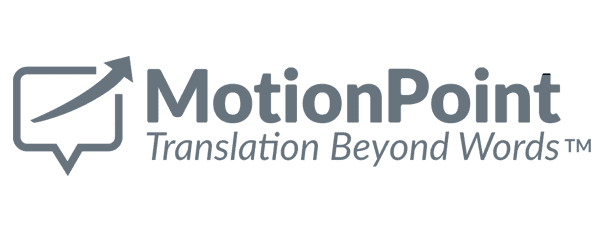




Your multilingual customers want to manage their accounts, upgrade their services, review their wealth and health information and more within secure online experiences.
These secure customer portals drive down customer service costs, increase company productivity and accelerate cross-sell and upsell opportunities.
But it's not enough to offer the same monolingual portal to international and multilingual constituents. To provide a stellar CX that resonates and converts, companies must localize these experiences in their audience's preferred languages.
Historically, localizing portals—especially with in-house teams—has been painful, complicated, and very costly. Read on to learn the challenges of taking on a portal localization project in-house, and how to sidestep them completely with a different approach.
Launching and operating multilingual portals requires more people, performing more tasks, than most companies realize. This leads to continuous effort and costs that go well beyond mere translation.
In fact, portals are often more challenging to translate than traditional public-facing websites—which are notoriously difficult to localize on their own—because of the complex web applications, interactive functionality and dynamic technologies they use to present personalized experiences to users.
Companies often consider localizing these experiences with in-house resources. For these teams, many tasks await … as well as many stages where workflows can break down. At a high level, in-house teams must:
Unfortunately, the challenges extend beyond the translation process for in-house teams. The technical aspects of the project can derail these projects for months, or sometimes over a year-or so thoroughly, the projects are abandoned altogether.
Many third-party portal providers offer multilingual capabilities, but most fall short under the pressures of day-to-day portal translation. These solutions usually shift all the complexity and ongoing effort—including technical configuration, collecting translatable content, translation, and publication on the localized portal—onto their customers. This increases risks and cost.
It's common for companies to use content databases that have been in use for many years (even decades!), or operate custom-built portals that leverage several coding languages or frameworks. Unforeseen compatibility issues often arise in these situations during the localization process.
Many portals use complex web applications, powered by Angular, React and other frameworks. Within the context of portal localization projects, it's extremely challenging to identify and export translatable text from these applications while also preserving their JavaScript framework logic. Une fois que ce contenu est localisé, il doit ensuite être réintégré à l'application.
Many portals leverage AJAX calls that produce dynamic content that would not be seen "on the page" and fed through either JSON or XML. For portal localization, translators must use sophisticated JSON and XML parsers to find this content. Dans l'idéal, les clients devraient pouvoir choisir les contenus qui doivent être traduits et permettre à d'autres textes de ne pas être traduits.
With so much at stake, look beyond in-house options for a portal translation solution built to handle the demands of content detection, translation, integration and coding in a timely and coordinated way. Lorsque vous évaluez vos options, prenez en compte les difficultés et cherchez des réponses à ces questions :
Le succès de la croissance mondiale de votre entreprise dépend des technologies et des processus qui éliminent les difficultés en interne, non de ceux qui en ajoutent. Make sure the portal translation vendor you choose has the necessary technology and expertise to make your customer experience a successful one.